I have been playing and coaching golf my entire life. Golf has been my passion since age 12. I have sought to play and coach golf as well as it can possibly be done. This passion in my life and journey has taken me to the PGA Tour, winning on the Web.com tour, playing the Champions Tour and having the most major wins in the history of Pacific Northwest Golf. I say that to say this, “I am a better coach than I am a player!” Golf is not what I do but rather who I am.
I leave for the Hawaii State Open next week. To win, one must make putts. I’d better win to pay for this trip! Here are some principles, drills and mindsets I use and coach to help players putt better. (myself included)
1. Great speed on any putt is a non-negotiable.
I would say proper speed on a putt of 15-40 feet is a wonderful first step to more success on the greens. Golfers focus 80% of their mind on line and 20% on speed. I believe it should be reversed. 80% speed/20% read. If a player has great speed they will eliminate many 3 putt greens. Golfers leave putts short and long, that is why they 3 putt. If a player has great speed, they can believe and trust much more. Hit 40 foot putts and “just roll your golf ball” like throwing a horse shoe or a baseball.
Get target focused and aware. Get more “out of your head” and “into the target.” Think athletic more than technique. A good image, “long putt, longer backstroke.” Not necessarily a longer through stroke.
Begin your putting practice with speed drills from long distance. 30-40 foot putts.
2. 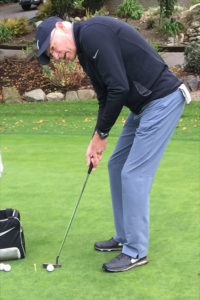 Get a good set up at address
Get a good set up at address
See photo at left:
- Hands below your shoulders.
- Most people would do better with a shorter putter. Come see me and get a proper fit. Choke down on your putter, will be helpful.
- Bend forward with your spine.
- Hands forward at address (also keep them forward through the stroke)
3. Make more putts 5 feet and under
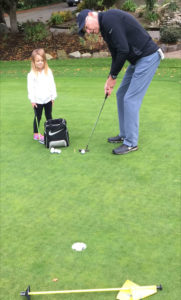 See photo at right:
See photo at right:
Put a tee at 5 places on the green 3 feet around a hole. (3′, 5′, 7′) Call it the star drill. Take 5 golf balls and make 3 of 5 at each spot before you move on. Do the same drill at 5 feet and 7 feet at your 5 spots around the hole. You will improve.
4. Be mentally ”’TOUGH”
- Commit to your read from 5 feet and in. Even if you are unsure of the break, get sure before you putt.
- Develop a repetitive, reactive routine
- Line the blade
- Line the body
- Hit the putt on the sweet spot of the putter each time. The sweet spot is the line on your putter. If you hit all putts solid on the sweet spot your ball will roll better and your speed will be more consistent.
Jeff Coston is a 20-time Pacific Northwest PGA Player of the Year. Jeff can be reached for appointment year-round by calling Semiahmoo Resort at 360-201-4590. Jeff also has a warm, dry academy building for year-round instruction.
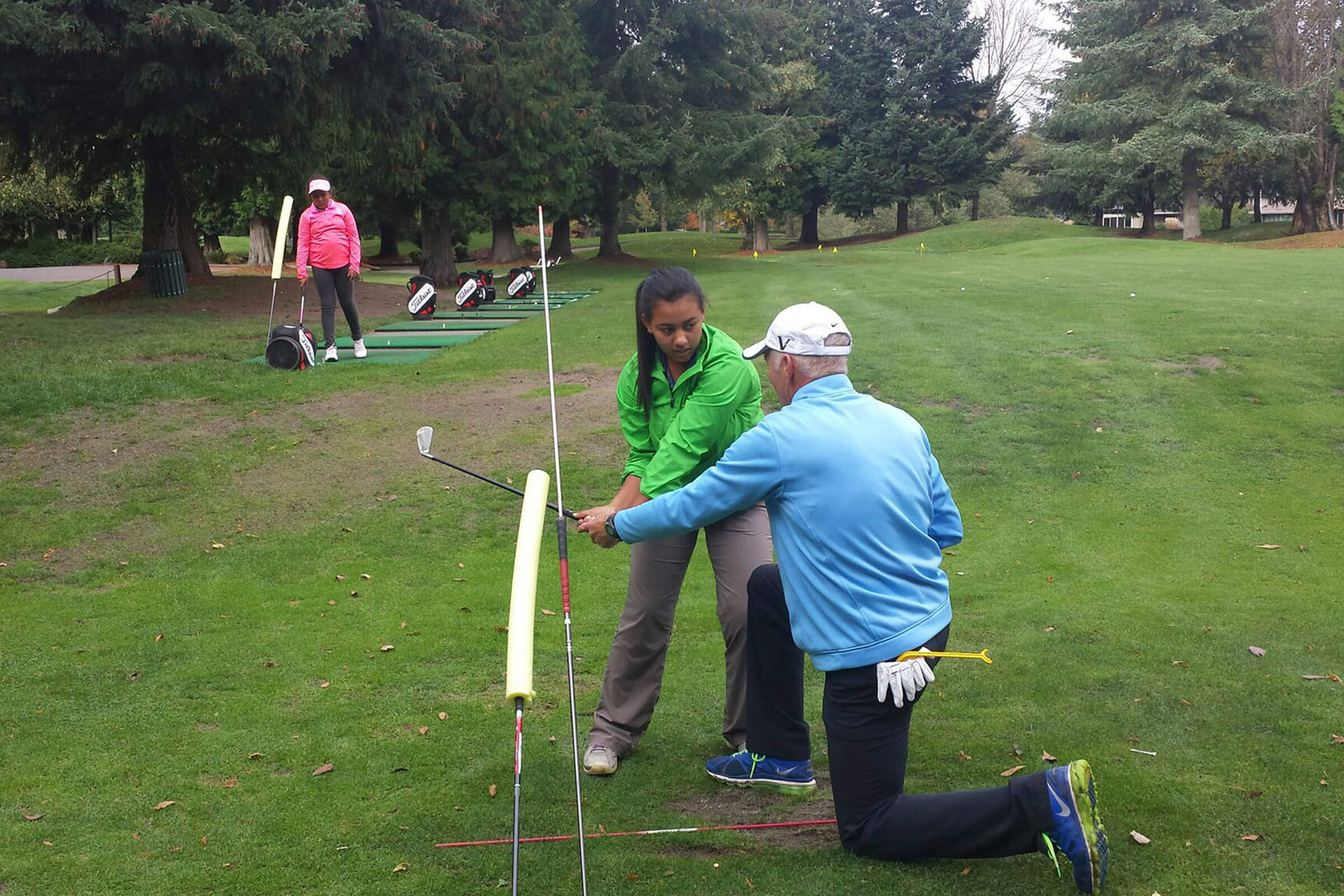
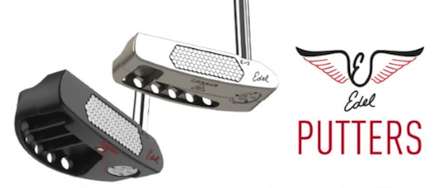
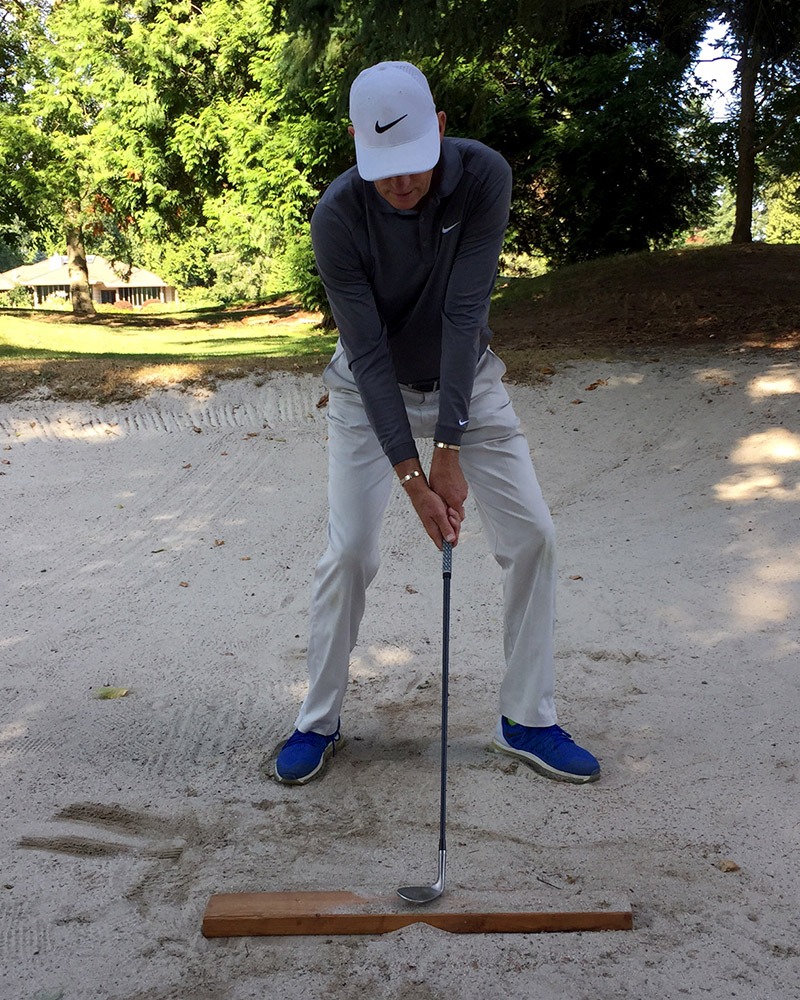
 Get a good set up at address
Get a good set up at address  See photo at right:
See photo at right: